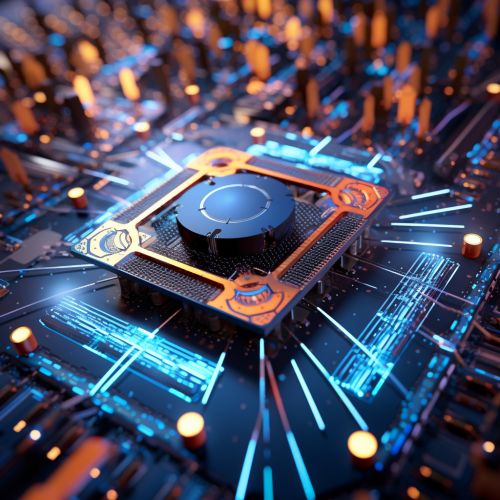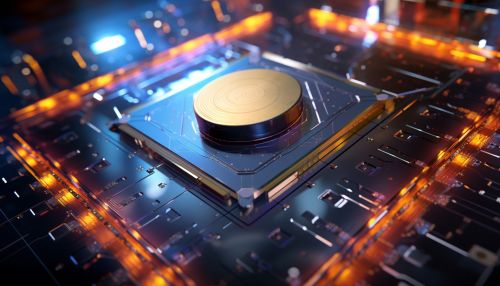Quantum Error Correction Codes in Quantum Computing
Introduction
Quantum error correction (QEC) codes are a set of protocols used in quantum computing to protect quantum information from errors due to decoherence and other quantum noise. Quantum error correction is essential for fault-tolerant quantum computation that can deal with noise on stored quantum information, faulty quantum gates, faulty quantum preparation, and faulty measurements.


Quantum Errors
In classical computing, errors occur when bits flip from their intended state. In quantum computing, errors can be much more complex due to the nature of quantum mechanics. Quantum bits, or qubits, can exist in a superposition of states, and interactions with the environment can cause these states to decohere. This decoherence leads to errors that can affect the outcome of a quantum computation.
Quantum Error Correction Codes
Quantum error correction codes are designed to protect quantum information from errors. These codes work by encoding a 'logical' qubit into several 'physical' qubits. By spreading the information contained in one qubit across a larger system, it becomes possible to detect and correct errors without measuring the qubit state directly, which would destroy the quantum information.
Bit Flip Code
The simplest quantum error correction code is the bit flip code. This code corrects bit flip errors by encoding a single qubit of information into a three-qubit state. If a bit flip error occurs in one of the qubits, it can be detected and corrected by comparing the state of the three qubits.
Phase Flip Code
The phase flip code is designed to correct phase flip errors, which are a common type of error in quantum computing. This code works in a similar way to the bit flip code, but it corrects for errors in the phase of the qubits rather than the bits themselves.
Shor Code
The Shor code, named after Peter Shor, who first proposed it, is a quantum error correction code that can correct both bit flip and phase flip errors. It does this by encoding a single qubit of information into nine physical qubits and using a combination of bit flip and phase flip codes.
Quantum Error Correction in Practice
Implementing quantum error correction in a physical quantum computer is a significant challenge. It requires precise control over qubits and the ability to perform error correction operations quickly compared to the rate of decoherence.
Despite these challenges, there have been several experimental demonstrations of quantum error correction. These experiments have shown that it is possible to protect quantum information from errors, increasing the reliability of quantum computation.
Future Directions
Quantum error correction is a rapidly evolving field, with new codes and error correction techniques being developed. Future directions for research include developing more efficient codes, improving the reliability of error correction operations, and integrating error correction into larger quantum computing systems.
